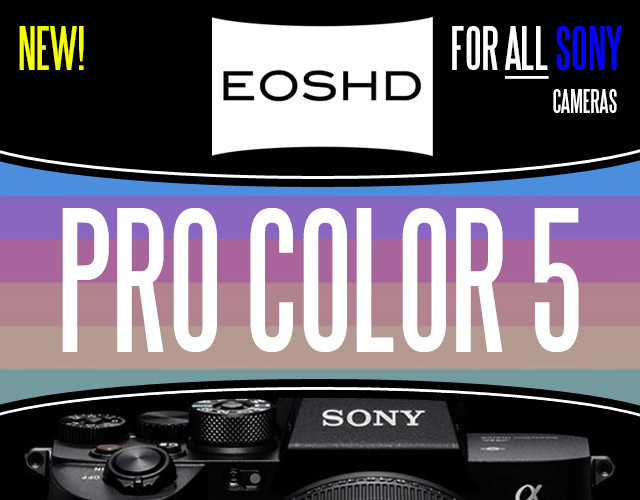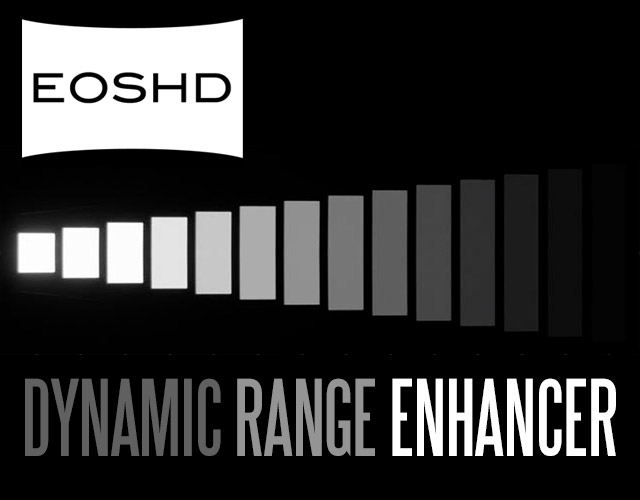HDR on Youtube - next big thing? Requirements?
Consider HDR already?
57 members have voted
-
1. Consider HDR already?
-
Not interested at all.7
-
Don't need it now, will evaluate it when it's everywhere.27
-
I wasn't aware of the latest developments, but I'm looking into it now.16
-
I am already updating my workflow and hardware, HDR is the next big thing.7
-




Recommended Posts
Create an account or sign in to comment
You need to be a member in order to leave a comment
Create an account
Sign up for a new account in our community. It's easy!
Register a new accountSign in
Already have an account? Sign in here.
Sign In Now